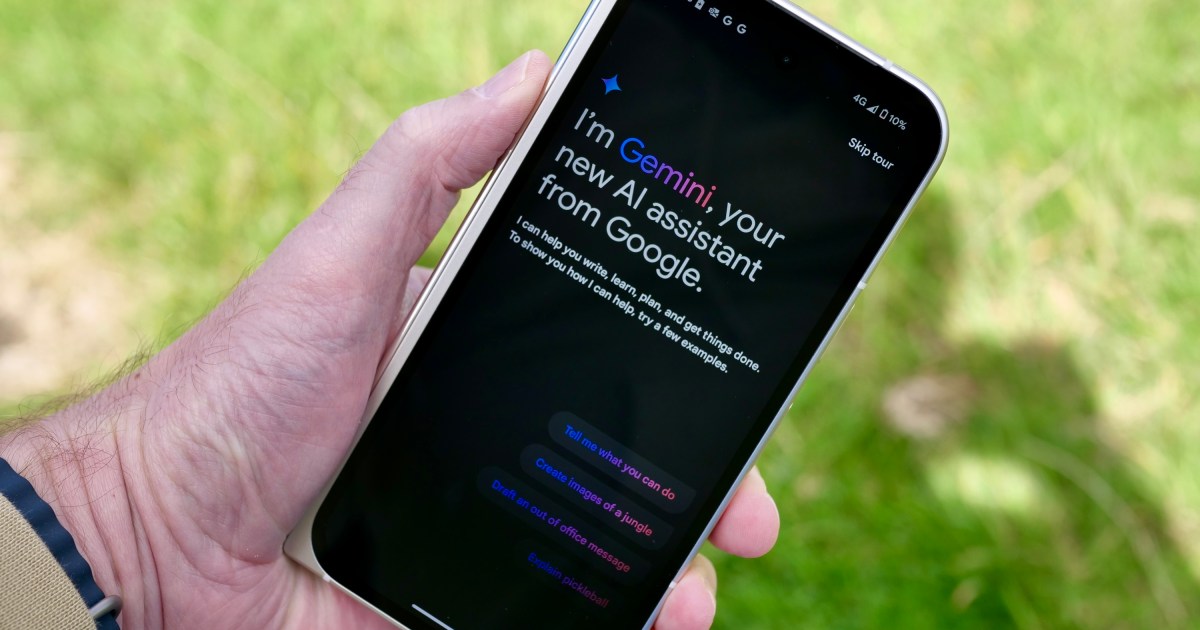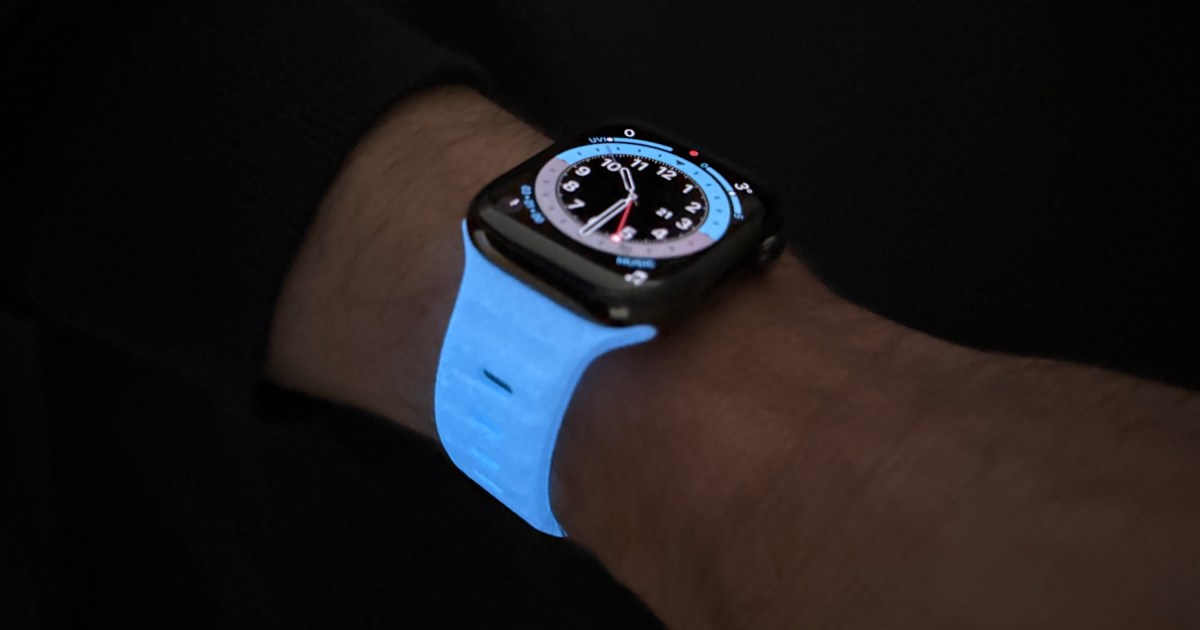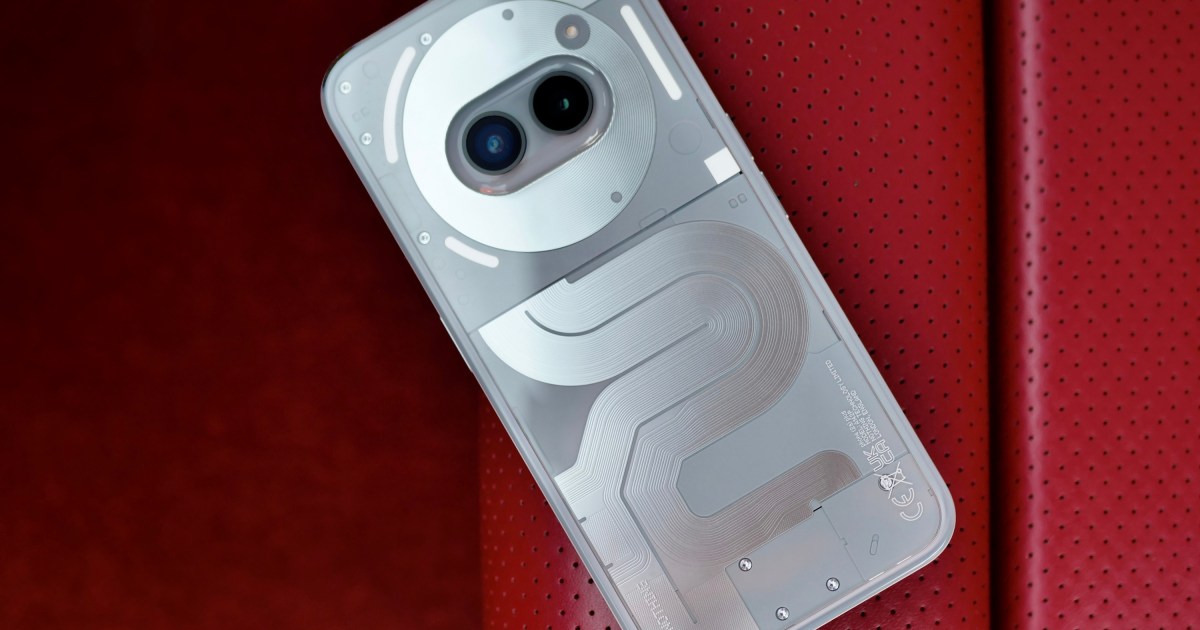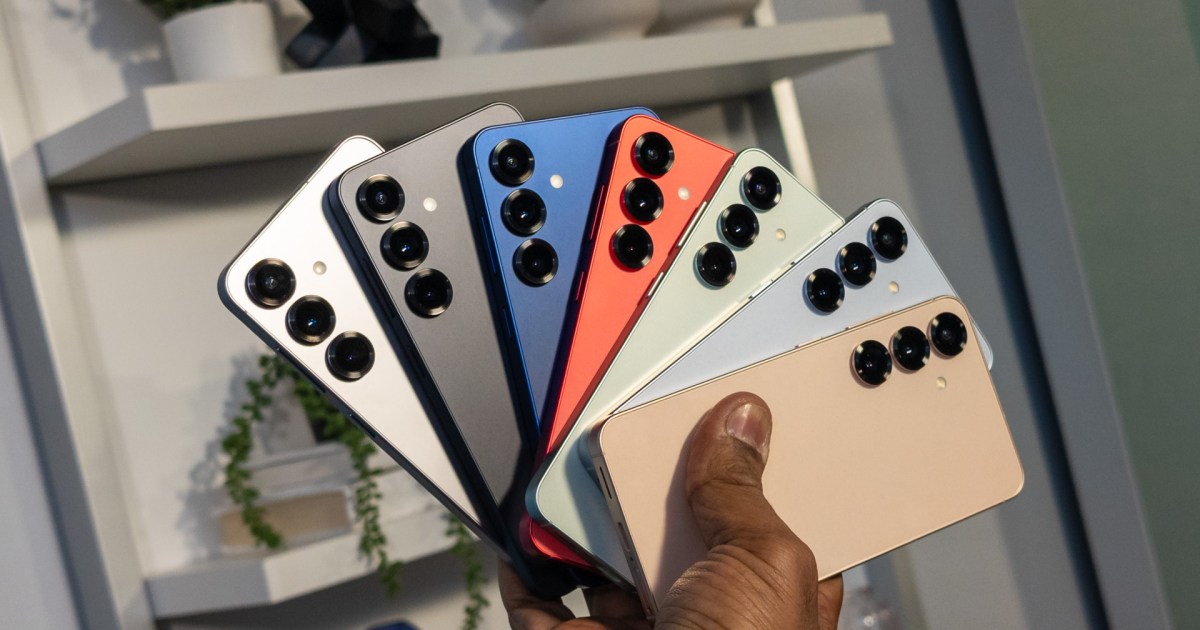The next generation of Android flagship smartphones will likely be powered by one of two processors: the Qualcomm Snapdragon 8 Elite or the MediaTek Dimensity 9400. While Snapdragon has long dominated the market, MediaTek is emerging as a strong competitor. This article compares these two chipsets based on benchmarks and real-world usage, helping you understand the key differences and decide which processor might be the better fit for your next smartphone.
Performance Comparison: Benchmarks and Real-World Use
 The back of the Oppo Find X8 Pro.
The back of the Oppo Find X8 Pro.
To provide a balanced comparison, we’ve focused on two smartphones with near-identical specifications: the OnePlus 13 (Snapdragon 8 Elite) and the Oppo Find X8 Pro (Dimensity 9400). This approach minimizes the impact of other hardware components on performance. We’ll analyze benchmark results from Geekbench and 3DMark, along with real-world observations.
CPU and GPU Performance: Geekbench 6
Geekbench 6 provides a comprehensive evaluation of CPU and GPU performance. Here are the results for both devices alongside other phones running the same chipsets for reference:
| Test | CPU Single-Core | CPU Multi-Core | GPU Compute |
|---|---|---|---|
| OnePlus 13 (Snapdragon 8 Elite) | 3107 | 9213 | 18065 |
| Oppo Find X8 Pro (Dimensity 9400) | 2753 | 8102 | 20522 |
| Realme GT7 Pro (Snapdragon 8 Elite) | 3112 | 9425 | 19065 |
| ROG Phone 9 Pro (Snapdragon 8 Elite) | 3073 | 9855 | 19403 |
| Oppo Find X8 (Dimensity 9400) | 2839 | 7991 | 20349 |
Interestingly, the Dimensity 9400’s Immortalis-G925 GPU consistently outperforms the Snapdragon 8 Elite’s Adreno 830 in the Geekbench GPU test. Historically, GPUs have been a weaker area for MediaTek, but the Dimensity 9400 shows significant improvement.
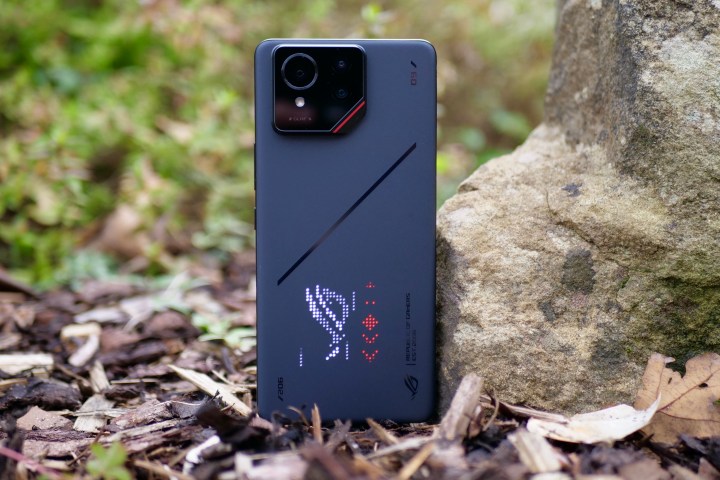 The back of the Asus ROG Phone 9 Pro.
The back of the Asus ROG Phone 9 Pro.
Graphics Performance: 3DMark Solar Bay
3DMark’s Solar Bay test provides a more gaming-focused evaluation of GPU performance. The results reveal a much smaller gap between the two chipsets:
| Test | 3DMark Solar Bay |
|---|---|
| OnePlus 13 (Snapdragon 8 Elite) | 11714 |
| Oppo Find X8 Pro (Dimensity 9400) | 11560 |
| Realme GT7 Pro (Snapdragon 8 Elite) | 11200 |
This suggests that both processors deliver virtually identical graphical performance in real-world gaming scenarios.
Battery Life and Efficiency
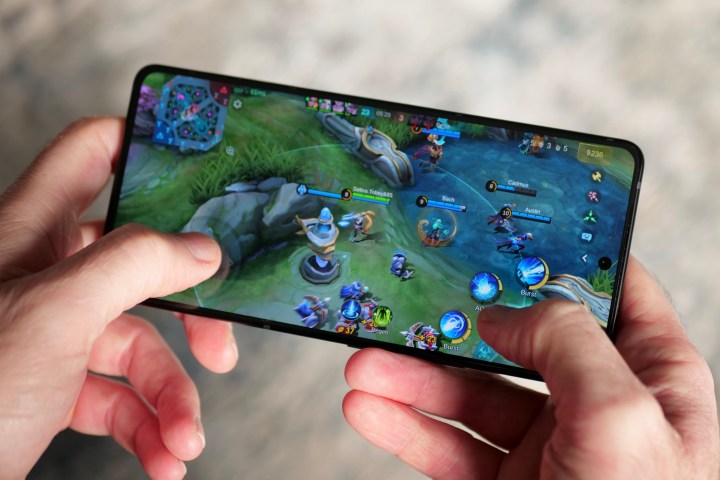 A person playing a game on the Asus ROG Phone 9 Pro.
A person playing a game on the Asus ROG Phone 9 Pro.
Battery life is a critical factor for smartphone users. We used the 3DMark Solar Bay Stress Test to evaluate battery drain during intensive gaming:
| Test | Solar Bay Stress Test Score | Battery Drain (20 minutes) |
|---|---|---|
| OnePlus 13 (Snapdragon 8 Elite) | 11774 | 17% |
| Oppo Find X8 Pro (Dimensity 9400) | 11051 | 9% |
| ROG Phone 9 Pro (Snapdragon 8 Elite) | 10009 | 13% |
| Galaxy S24 Ultra (Snapdragon 8 Gen 3) | 8308 | 10% |
The Dimensity 9400 demonstrates significantly better battery efficiency, consuming considerably less power during the stress test despite comparable performance. This difference is notable, particularly for gamers.
Real-World Usage and Gaming
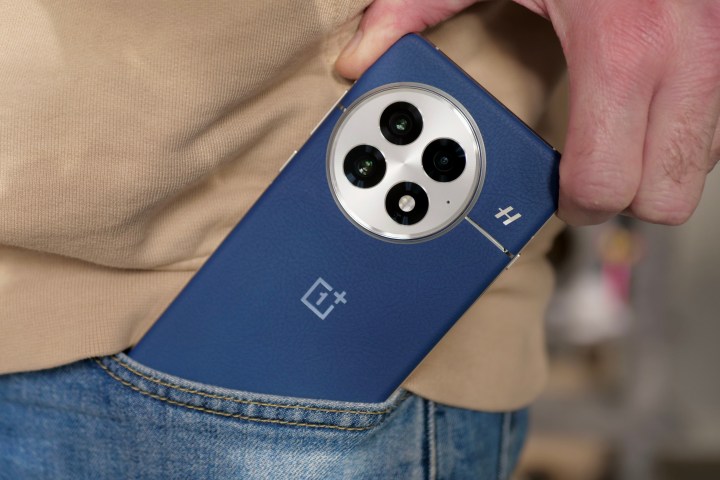 A person taking the OnePlus 13 out of a pocket.
A person taking the OnePlus 13 out of a pocket.
In day-to-day use, both processors provide smooth and responsive performance. However, the difference in battery life becomes apparent during extended gaming sessions. Playing PUBG Mobile for 30 minutes resulted in a 23% battery drain on the OnePlus 13 compared to just 13% on the Find X8 Pro.
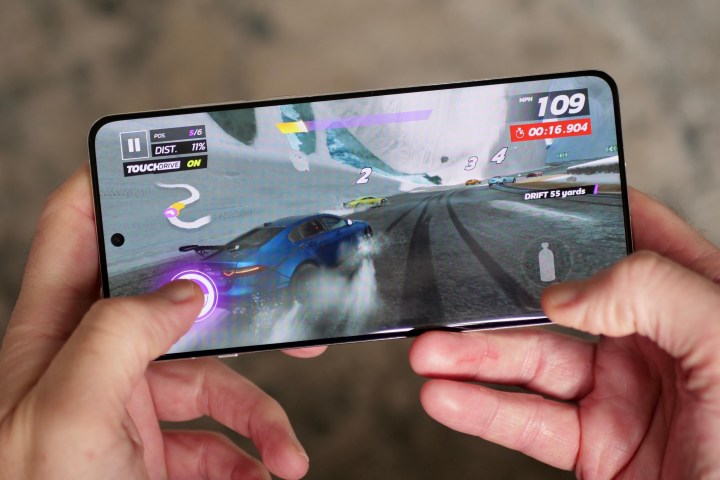 A person playing a game on the OnePlus 13.
A person playing a game on the OnePlus 13.
Anecdotally, the Find X8 Pro lasts approximately 30 minutes longer than the OnePlus 13 in regular daily usage, despite having a slightly smaller battery.
Conclusion: Which Chipset Reigns Supreme?
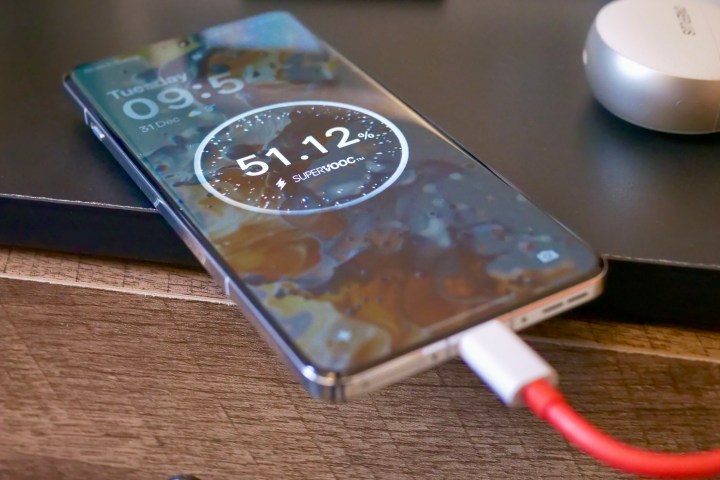 The OnePlus 13 on charge.
The OnePlus 13 on charge.
The MediaTek Dimensity 9400 proves to be a worthy competitor to the Snapdragon 8 Elite, offering comparable CPU and GPU performance while delivering superior battery efficiency. While factors like AI and camera processing require further investigation, the Dimensity 9400’s performance and battery life make it a compelling choice for a flagship smartphone.




